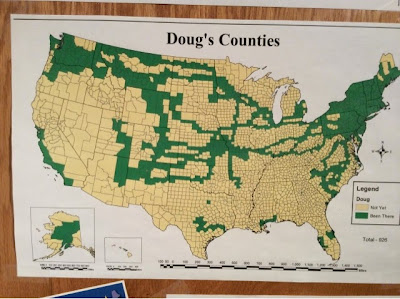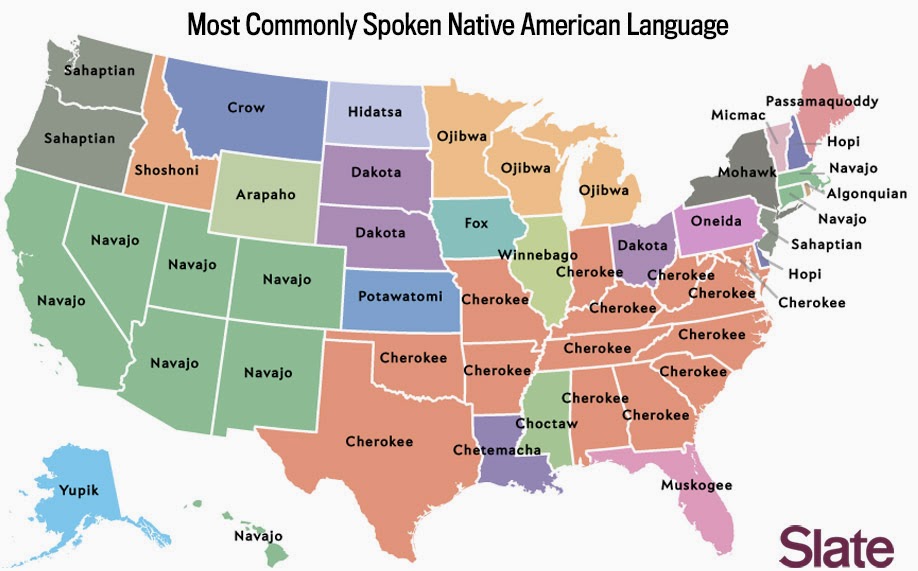I was asked to make some maps showing a family's escape from Nazi-occupied eastern Europe during World War II. I've gotten used to relying on
ESRI's expensive mapping software but nowadays there are many good
open source tools available and many of them are platform neutral, meaning I can use them at home on my MacBook, or at work on my Windows PC or laptop. I hope to use more of these tools for personal and work projects.
I looked at some good tools for creating interactive (clickable or animated) maps, but this project only required a simple printed map. After some research I settled on the
MapQuest API. This creates a map by entering a line of text in a web browser. For example this
URL (the full text is below) creates a map showing the two towns in Belarus (variously under Polish, Russian and Lithuanian control at the time) where the grandparents came from.
http://open.mapquestapi.com/staticmap/v4/getmap?key=Kmjtd%7Cluu7n162n1%2C22%3Do5-h61wh&size=1200,1000&zoom=7¢er=53.35,26.1&pois=yellow_1,53.219784,26.68405,0,0|red_2,53.489738,26.738491,0,0
The code above includes the image size, zoom level, center (in latitude, longitude) and two points ("pois" in the code) whose coordinates can be found by entering the name of a place or address in various online mapping services -
Bing Maps is particularly easy to use to get these coordinates. The map above is oddly missing country names and needs the two points labeled. This is easy to do by saving the image and bringing it into
Paintbrush, a free Mac program, or Paint if you're using Windows.
The same process resulted in this map of five addresses in Warsaw.
The map looks fine but doesn't really tell a story. To illustrate the forced relocations and disappearing family members, I used
Inkscape, an excellent free program but with a steep learning curve, to create arrows and some text effects. The bubble text was done using my Mac's native Preview app, though this can also be done in Powerpoint, Inkscape (with difficulty) and other software packages.
Click on the map above to see the entire picture or look at this detail to get the idea.
I look forward to making the rest of the maps showing the family's difficult journeys through France, Britain, Spain, Portugal, Mexico and finally to the United States. It's been a good learning experience both about the mapping tools and the horrible past that we're lucky to have escaped.











